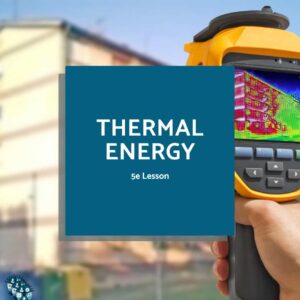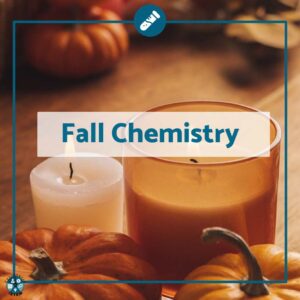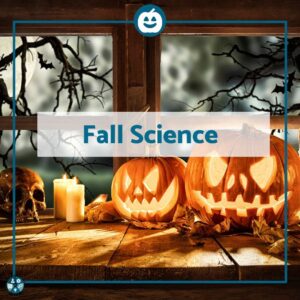Back to School Science Excitement in Middle School
As the first week of school approaches, I am filled with mixed emotions. This summer seemed to fly by, and although I am eager to meet my new students, I am not eager for summer to end. This year, to jumpstart my middle school science class, I plan on doing six engaging, fun activities designed to spark curiosity and enthusiasm. These activities introduce key scientific concepts and help build a vibrant and collaborative classroom community.
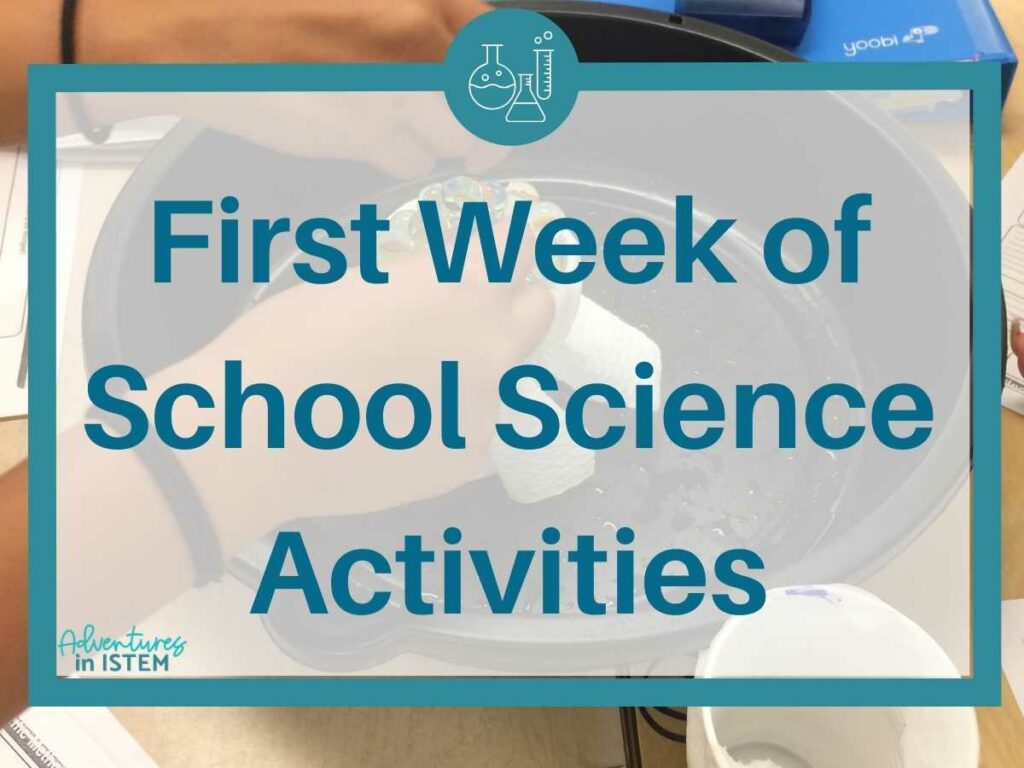
Back to School Science Activity #1: Engage with Team-Building Science Activities
I plan on kicking off the first week of school with a unique approach to the traditional first day. Rather than diving right into the syllabus or classroom rules, which can often lead to students tuning out, I plan on engaging them with dynamic team-building activities. This should help break the ice and get them to collaborate with their peers from day one. My students sit in groups and are constantly doing group work, so having a fun team-building activity at the start is very important. I like to mix it up each year with different options.
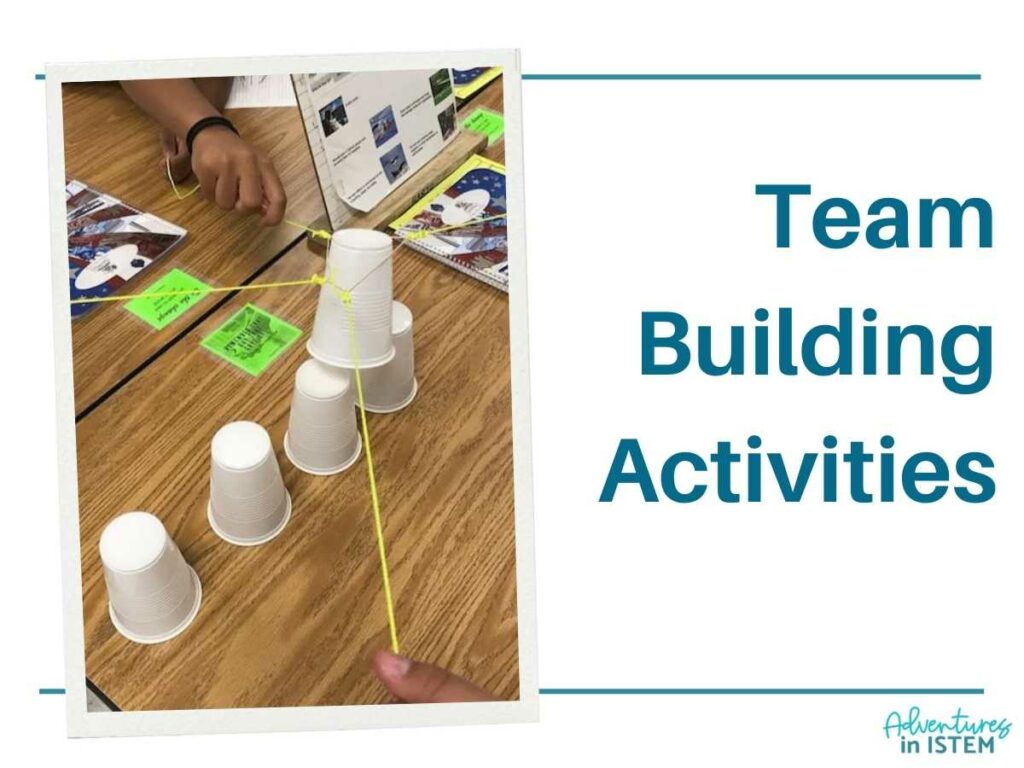
Option one involves the “Save Fred” activity, where students use their problem-solving skills and teamwork to rescue Fred, a gummy worm, from a precarious situation using only paper clips. Fred represents a survivor on an upside-down boat (a plastic cup), and the students must work together to get a lifesaving gummy lifesaver onto Fred without touching him directly with their hands. It’s a fun and lively way to introduce students to problem solving and the importance of teamwork.
Option two is the “Stacking Cups” challenge, where participants use an ‘octopus’—a rubber band with strings attached—to manipulate and stack cups into various formations. This activity starts with basic stacking and progressively introduces more complex tasks that require careful coordination and strategic thinking. The task engages and fosters a sense of community and cooperation among students as they work together to overcome the challenges.
To make it more challenging, I sometimes add the no-talking rule to try to get students to communicate in other ways.
Back to School Science Activity #2: Explore the Famous Failures Activity
On the second day of school, I like to set the tone of the year about failing and learning from their mistakes. Understanding that failures are a crucial part of learning. I emphasize to students that if they are not making mistakes, they are not challenging themselves enough. This discussion sets the stage for our “Famous Failures” activity, designed to cultivate a growth mindset and teach resilience through real-world examples.
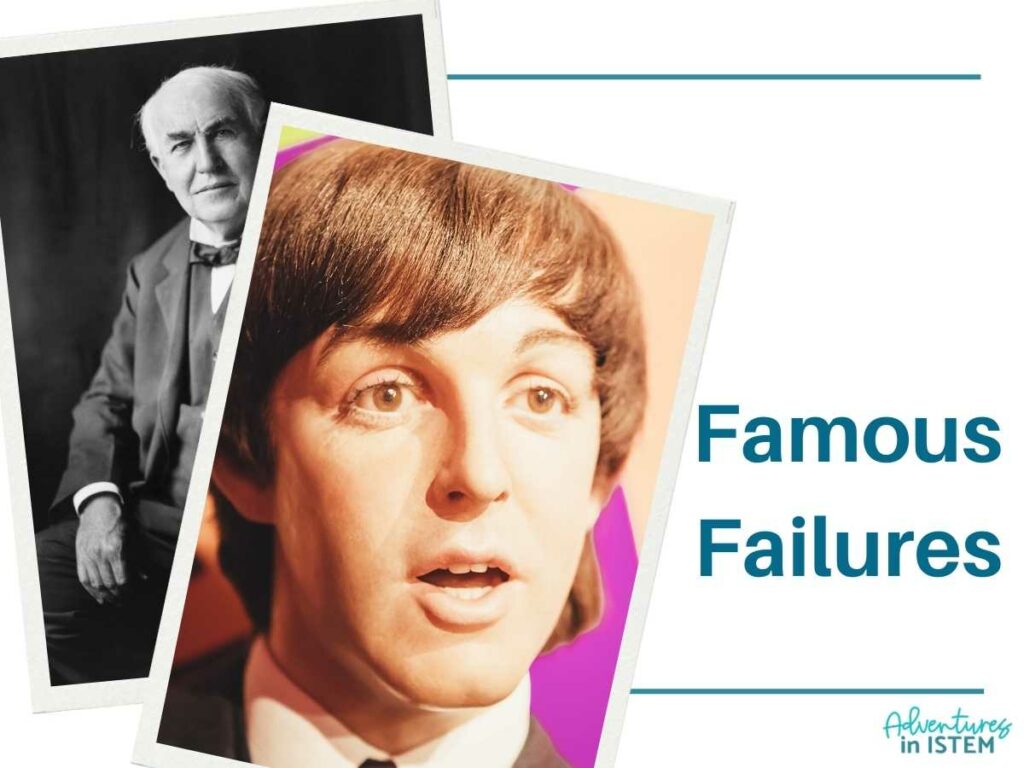
In this activity, we begin by watching an engaging video highlighting well-known figures who have experienced significant setbacks before achieving success. The video helps illustrate that often, we see only the successes and not the struggles that led there. This visual and narrative approach helps students understand that setbacks are natural and can be stepping stones to more significant achievements.
Following the video, students break into groups to learn more about the failures and success of people of their choosing based on the stories of 16 personalities who turned their failures into lessons and eventual success. Each person in the group selects one figure to study more closely. They gather information, discuss their findings, and identify common traits contributing to each individual’s overcoming challenges.
Afterward, students record their thoughts and reflections in a journal. They reflect on their past failures and successes, considering how these experiences have shaped them and how they can approach future challenges more resiliently. This personal reflection helps solidify the understanding that failure is not just a part of learning but a vital component of success.
Throughout the classroom, posters of these famous individuals serve as continual reminders of the resilience and perseverance needed to overcome obstacles. This visual element reinforces the day’s lessons and inspires students throughout the year.
By engaging in this “Famous Failures” activity, students learn about others’ resilience and begin to internalize the same qualities. This boosts their confidence and motivates them to take academic risks without fear of failure. This lesson helps them see themselves in these stories, realizing that they can overcome and succeed.
Back to School Science Activity #3: Get to Know You Creative Personalization Activities
During the first week of school, I allow the students some time to tell me more about themselves. I like to allow students to personalize their lab coats or beakers with information about who they are and what interests them. This activity serves as a fun, artistic outlet and an engaging way for students to introduce themselves uniquely to me, but the lab coat and beaker can also be used as a name tent to help me learn their names.
Each student receives an essential lab coat or beaker outline, which is designed with information about them, such as their favorite music, quotes, sports, what they like to do, goals, and other information.

The insights gained from observing students during this activity are invaluable for tailoring future lessons to better align with their interests. By understanding what excites and motivates each student, I can adapt lesson plans to incorporate more personalized content, enhancing classroom engagement and enthusiasm. For example, suppose a student illustrates their lab coat with stars and planets. In that case, it signals a strong interest in astronomy, prompting me to integrate more space-related topics into our science discussions.
This strategy makes learning more relevant and ensures that every student feels their interests are recognized and valued, fostering a nurturing and inclusive classroom environment.
Back to School Science Activity #4: Introduce CER with a Crime Scene Investigation
I’ve noticed that many of my students love watching the CSI television series. To tap into that interest, I created a forensic crime scene investigation to engage students in using the Claim, Evidence, and Reasoning (CER) framework to solve a made-up mystery.

In this activity, students take on the role of investigators tasked with uncovering the truth behind the case of Sir Edward Berkshire the Third. The investigation begins as students are hired by the family, setting a real-world context that heightens their engagement and curiosity.
The process starts with students examining detailed police incident reports, including crime scene logs complemented by photographs and observations. They record key observations and details in their journals, carefully piecing together the sequence of events. Following this, students are provided with profiles of suspects, complete with photographs and descriptions that detail each suspect’s activities and whereabouts at the time of Sir Edward’s disappearance. This stage challenges students to think critically about alibis and motives.
As the investigation progresses, students analyze forensic reports, adding another layer of depth. These reports include critical information from analyses like fingerprints, chemical tests, and DNA comparisons. Discussions unfold within groups as students debate their theories based on the compiled evidence, formulating claims about what they believe happened to Sir Edward.
Each group must support its claim with at least two key pieces of evidence, fostering a rigorous analytical process. During this time, I have the class present what they think has happened so far and their evidence to support it.
The activity culminates in a classroom discussion where groups present their findings and justify their conclusions, engaging in academic debates that challenge them to defend their positions and consider alternative perspectives. This dynamic interaction enhances their understanding of the CER framework and develops their skills in evidence-based reasoning and critical thinking
Back to School Science Activity #5: Apply the Scientific Method with Paper Towel Experiments
After the first week, I would like to challenge my students with hands-on experiments that tested the absorbency and strength of different paper towel brands. After watching commercials that make various claims about paper towel effectiveness, I have them go through the process of the scientific method. Students need to formulate hypotheses based on their questions, design experiments, and gather data to explore the accuracy of these claims.
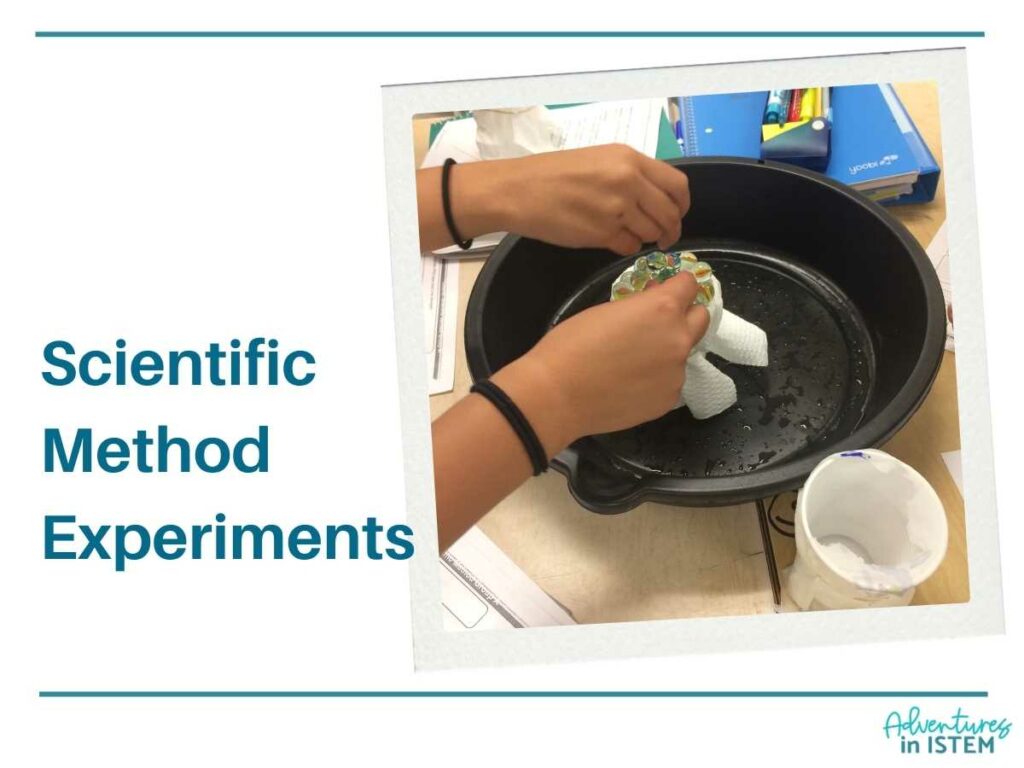
I think it is important to show them a real-world reason for learning science, and having them investigate marketing claims is perfect for this.
The activity starts by viewing a couple of paper towel commercials, each claiming their brand’s superiority in either strength or absorbency. These commercials set the stage for our scientific investigation, prompting students to assess the often exaggerated claims seen in advertisements critically. Based on the observed claims, students hypothesize which paper towel they believe will perform best.
For the experimental phase, I provide students with several paper towels, including brand names, generic store brands, and the less robust brown school paper towels. For the strength test, students use weights like marbles, washers, or pennies to test how much weight each paper towel can support before tearing. In the absorbency test, they measure how much liquid each towel can absorb before it stops absorbing. These tests are designed to be straightforward yet effective in highlighting differences between each product.
Students record their observations and collect data meticulously as they conduct these tests. Following the experiments, they analyze this data to conclude whether the marketing claims for each paper towel brand hold up under scientific scrutiny. This analysis is a critical component of the activity, as it encourages students to use empirical evidence to support or refute each claim, reinforcing the core aspects of the scientific method. Through this process, students learn about the properties of materials and develop a keener sense for evaluating the reliability of information presented to them in daily life.
Back to School Science Activity #6: Think Like Engineers: Design the Best Coffee Cup
Finally, I wrap up the first few weeks with an engineering challenge that tasks students with designing a coffee cup that efficiently retains heat. This activity not only introduces students to practical engineering principles and creative problem-solving but also encourages them to apply their knowledge to a real-world problem, embodying the roles of young engineers.
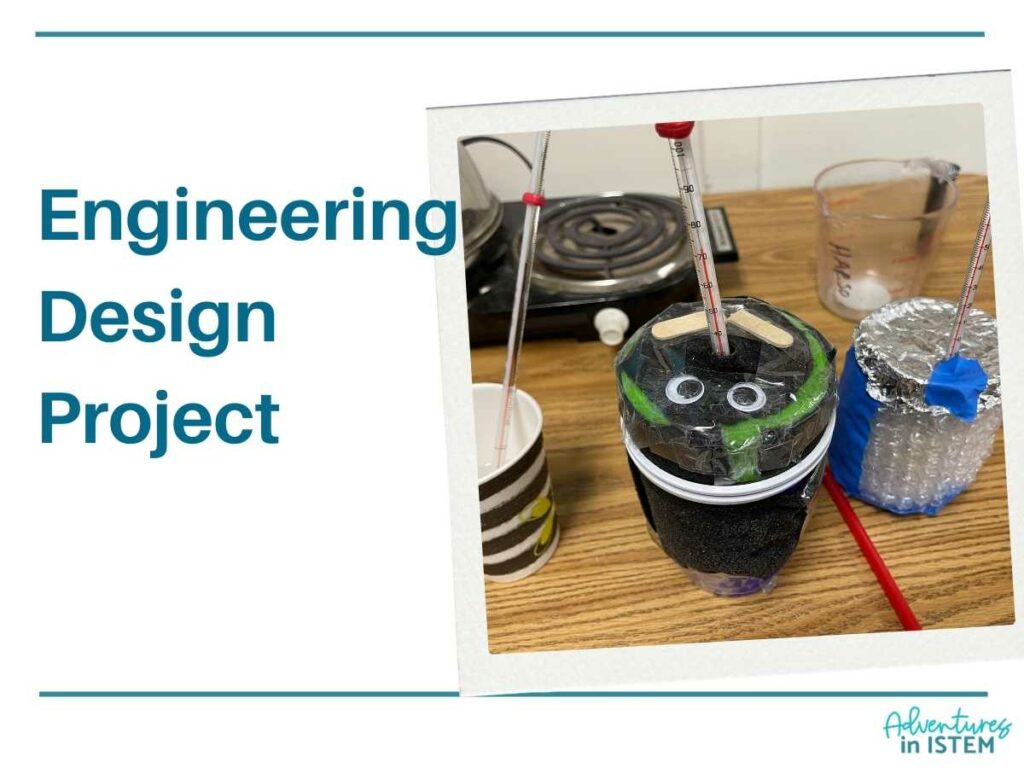
The project begins with a research phase, during which students explore different materials and their properties related to heat retention. This foundational knowledge helps them understand key concepts in materials science and thermal physics, informing their decisions in the subsequent stages of the project.
Next, the students engage in brainstorming sessions to generate various design ideas for their coffee cups, considering both functionality and aesthetics. These discussions are vital for refining their initial concepts. With their ideas in place, they then create detailed blueprints of their chosen designs. These blueprints include precise dimensions, materials needed, and assembly instructions, bridging the gap between theoretical design and practical application.
Students then construct prototypes using recycled materials or items easily obtained from dollar stores, emphasizing sustainability and resourcefulness. This hands-on building phase allows them to physically engage with their designs and make real-time adjustments based on their challenges.
Testing the prototypes follows, where students measure how effectively their coffee cups retain heat by tracking temperature changes over time. This step is crucial for assessing the practicality of their designs and their material choices.
Based on the data gathered from these tests, students refine their designs in a modification phase. They rework their prototypes to enhance heat retention, learning that engineering is an iterative process where initial ideas are tested and improved upon repeatedly.
Engaging students in these interactive activities at the beginning of the school year, helps to set the tone of how science will be done in your classroom. Providing real hands-on experiments where they will be required to use critical thinking and problem solving skills. Science is not about memorizing facts and formulas. It is about thinking, applying, investigating, and solving problems


